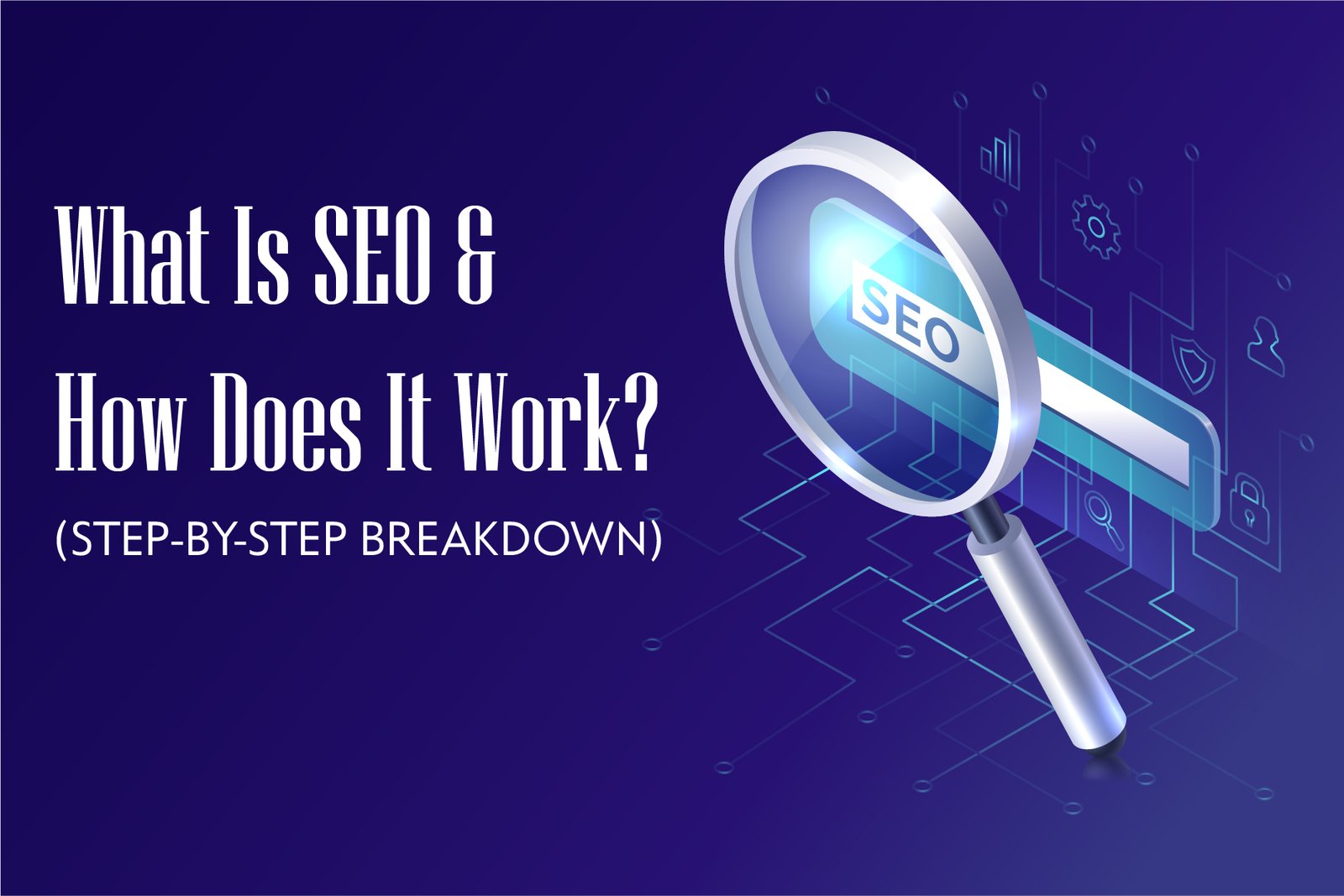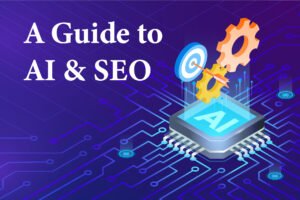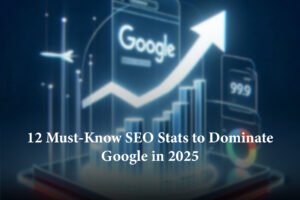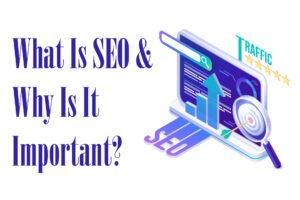What Is SEO, in short. SEO concerns the improvement of search engine understanding of your website, so search engines can connect your site to users by providing relevant and important results based on the search query.
The primary motive or objective of SEO is to ensure a place on the first page of search engine results pages, in short SERPs, for the relevant keywords valued by the audience. Such keywords, when targeted correctly, will bring about qualified traffic, i.e. traffic with an interest in what one has to offer. That is why it is one of the most optimal investments that one can make to promote the visibility and reach of a website without having to pay for ads.
So what is SEO marketing all about? It is one of the key forms of digital marketing that can be implemented to any kind of website. Indeed, anything from selling products, offering services, or presenting expert knowledge, SEO will help you in getting your website noticed by search engines, like Google, for instance, or Bing.
But SEO is far more than just keywords. It encompasses an ability to morph; to change as tech changes and as user behavior shifts. Now, in 2025, users aren’t just entering queries on a desktop anymore. A search could be triggered by a voice command or by tapping a mobile screen. And increasingly, results are being summarized by artificial intelligence (AI).
This guide will demonstrate in detail what is SEO and how it works today. We’ll break down the different aspects, including what on-page SEO is, what off page SEO is, what is technical SEO, and what is local SEO.
What Is SEO? (Understanding the Basics)
SEO is the act of bettering your website to be more favourable in searches on engines like Google. When you type into a search bar, ask a simple question like, “best coffee shop near me.” Google will try to provide you with the most relatable, credible, and best possible results to your question. What is SEO will help you be one of those results.
SEO’s focus, unlike every paid advertisements, is to pull organic traffic from search engines. This results in trying to build a site that will naturally receive an endorsement from the search engine instead of just paying for clicks. Thus, helping search engines crawl & index your site, create worthwhile content that contains meaningful answers and designs that provide ease of use.
What Is SEO Marketing and Why Does It Matter?
Now, let’s identify what is SEO marketing is. While SEO is all about optimizing your site for search, SEO marketing asks us to take a broader perspective; it’s about treating SEO like a marketing technique to attract, engage, and convert visitors. It can also include paid advertising as well.
Why is it important? Because most online traffic gets generated through search engines. When your site ranks for the right keywords, you attract highly targeted visitors who are really searching for what you offer. Unlike social media traffic, which can be hit or miss, SEO marketing gives you steady, long-term visibility.
What is SEO Work? (The Google Process)
To learn about What is SEO and to understand the principles upon which it operates, let us have a look at the way Google handles information:
- Crawling: They are just like spies who go around the web through links, gathering data about WebPages.
- Indexing: That data is stored in the database of Google, called the index, so that the information can be retrieved later.
- Ranking: Then, when you are searching for something, that algorithm sifts through the index to find the most relevant, trustworthy, and useful information.
Google has adopted more than 200 ranking factors-some of the standard ones include keyword, content quality, backlinks, and page loading speed-that help evaluate what comes on top.
Obviously, the higher the number of best possible SEO practices, the higher the chances that one’s site would appear at the top.
i) What Is On Page SEO? (The Foundation of Optimization)
One of the most significant parts of SEO: what is on page SEO. Everything you can control directly on your website is connected to this. This is the foundation that tells search engines what your page is all about. Here is what comes in on page SEO:
- Keywords: By utilising the correct keywords, you can really make sure that your content is going to match what a person is actually looking for. Use them in titles, headers, the first 100 words, and naturally throughout the page.
- Meta tags: Your title tag, as well as your meta description, are the snippets that show in Google results. They should be clear, enticing, and keyword-rich.
- Headings (H1, H2, H3): They help you scan content easily, for the reader and search engines.
- Content quality: Write comprehensive, in-depth content that answers the basic questions. Thin content will not rank.
- Internal links: Bring readers to other, more useful, informative pages on your website, while helping Google to understand the structure of your site.
On-page SEO refers to clarity. The clearer your content and structure, the easier it is for Google to connect your page with the right searches.
ii) What Is Off Page SEO? (Building Authority)
On-page SEO focuses on anything directly related to your domain, while off-page SEO deals with everything outside your site that can affect rankings. Most notable among these? Backlinks. These are links from other sites pointing back to yours.
Backlinks act like votes of confidence: When a credible site links to you, it is like Google saying that your content must be trusted. Therefore, these quality backlinks increase your authority (and rankings).
Other off page SEO strategies include:
- Social sharing, for more visibility of a particular piece of content
- Guest posting on relevant sites
- Developing relationships with influencers within your niche
So, what is off page SEO? In a nutshell, off-page SEO is what builds your reputation in the eyes of users as well as search engines.
iii) What Is Technical SEO? (The Behind-the-Scenes Work)
Let’s move on to the next topic: what is technical SEO? The backend architecture, programming, and infrastructure of a website are optimized by technical SEO to enhance search engine crawlability, indexability, and user experience.
The main parts of technical SEO include:
- Site speed: This means pages should load quickly to keep users engaged.
- Mobile optimization: Since most people browse on mobile, your site must look great on phones.
- Sitemaps & robots.txt: These help search engines comprehend your site’s structure and what to crawl.
- Secure connections (HTTPS): Make sure you have implemented an SSL certificate on your website. This is because Google favours secure websites.
- Structured data (Schema): This makes your content eligible for rich snippets (like reviews or FAQs in search results).
Even the best content may not rank without technical SEO since search engines find it difficult to read and trust your website.
iv) What Is Local SEO? (Getting Found Near You)
If you are a local business, you are going to want to know what is local seo. Local seo makes your business appear for users when people search for products or services within a distinctive range, as in “near me”. For instance, if you own a bakery in Toronto, you would want to be found by people who are searching for “best bakery near me”, and local seo will help you with that.
It involves:
- Creating a Google Business Profile so your business shows in Maps
- Using local keywords (like “plumber in Chicago”)
- Encouraging customer reviews
- Keeping your Name, Address, and Phone (NAP) consistent across directories
If you need expert help, you could look for a trusted seo company in Toronto to manage your local strategy.
What Is a Keyword in SEO? (The Heart of Search)
For most of the time, we have been discussing keywords. So what is keyword in SEO? A keyword can be simply said to be the words or phrases that someone types in as a query in Google.
For instance, “what is seo marketing” is a keyword. Keywords are used to give directions to the search engines to your content. Using the right ones ensures that your site shows up for the audience that you want to see it.
But here is the catch: You should never overdo this. Overuse of keyword targeting seems spammy and will ultimately interfere with your rankings. You should think about using keywords in context and answering the user’s question, not just keyword targeting. Google has their own amazing tools, such as Google Keyword Planner and Search Console. You could also use paid versions of Ahrefs or Semrush to discover ranking keywords.
Measuring and Improving SEO
SEO isn’t a one-and-done job. To really grow, you need to track progress and make improvements:
- Utilise Google Search Console to witness what keywords your site ranks for and where you can improve.
- Check Google Analytics to understand user behavior. Check if people are staying on your site or bouncing?
- Revive older content to keep it relevant and up-to-date.
- Track your backlinks and aim to earn new, high-quality ones.
Steady assessment keeps your SEO strong and at par with algorithm changes and changes in users’ behavior.
How to Stay Updated with Google’s SEO Policies
One other way of being up to date with this ongoing changing aspect of SEO is learning directly from the resources offered by Google. Here are the most credible sources that keep you informed about changes and updates:
- Google Search Central Blog
- Google Search Central Documentation
- Google Search Status Dashboard
- Google Search Central YouTube Channel
By sticking to these resources, you’ll always be learning what is SEO directly from the source, instead of relying only on third-party opinions.
Conclusion
Now that you know what is SEO, you understand that it’s fundamentally the process of increasing visibility on Google by combining on page SEO, off page SEO, technical SEO, and local SEO strategies to drive traffic that isn’t going to cost you a dime!
SEO is not some quick tricks; it’s about gradual, steady growth. Knowing about keywords, optimizing your content, building authority, and keeping your site technically sound will help you create a site that Google loves and that readers trust.
Frequently Asked Questions (FAQs)
How does SEO work step by step?
These are the steps that show how SEO works:
- Make sure Google can crawl and see pages like users do.
- Noindex pages you don’t want in results.
- Use clear, descriptive URLs.
- Group related pages in logical directories.
- Reduce or consolidate duplicate content.
- Target the search terms your readers use.
- Avoid intrusive, distracting ads.
- Link to relevant internal and external resources.
Can I do SEO on my own?
Sure, managing your own site’s SEO is possible. Most small businesses are able to manage their own search visibility without hiring anyone through modern site builders and many explicit guides. But for a large business, it is better to hire a software house, especially if you have less technical knowledge of seo. You can opt for Cognitive IT Solutions, offering incredible SEO services and are renowned in the market for optimising their clients’ websites and driving conversions.
What is the main purpose of using SEO?
The aim is to really gain visibility and rank in SERP so that potential visitors will search, visit, or convert on your site.
What are the 4 types of SEO?
The 4 major types of SEO include:
- On-page (content and HTML)
- Off-page (backlinks and mentions)
- Technical (speed, crawlability, structure)
- Local (visibility for nearby searches and Maps)










